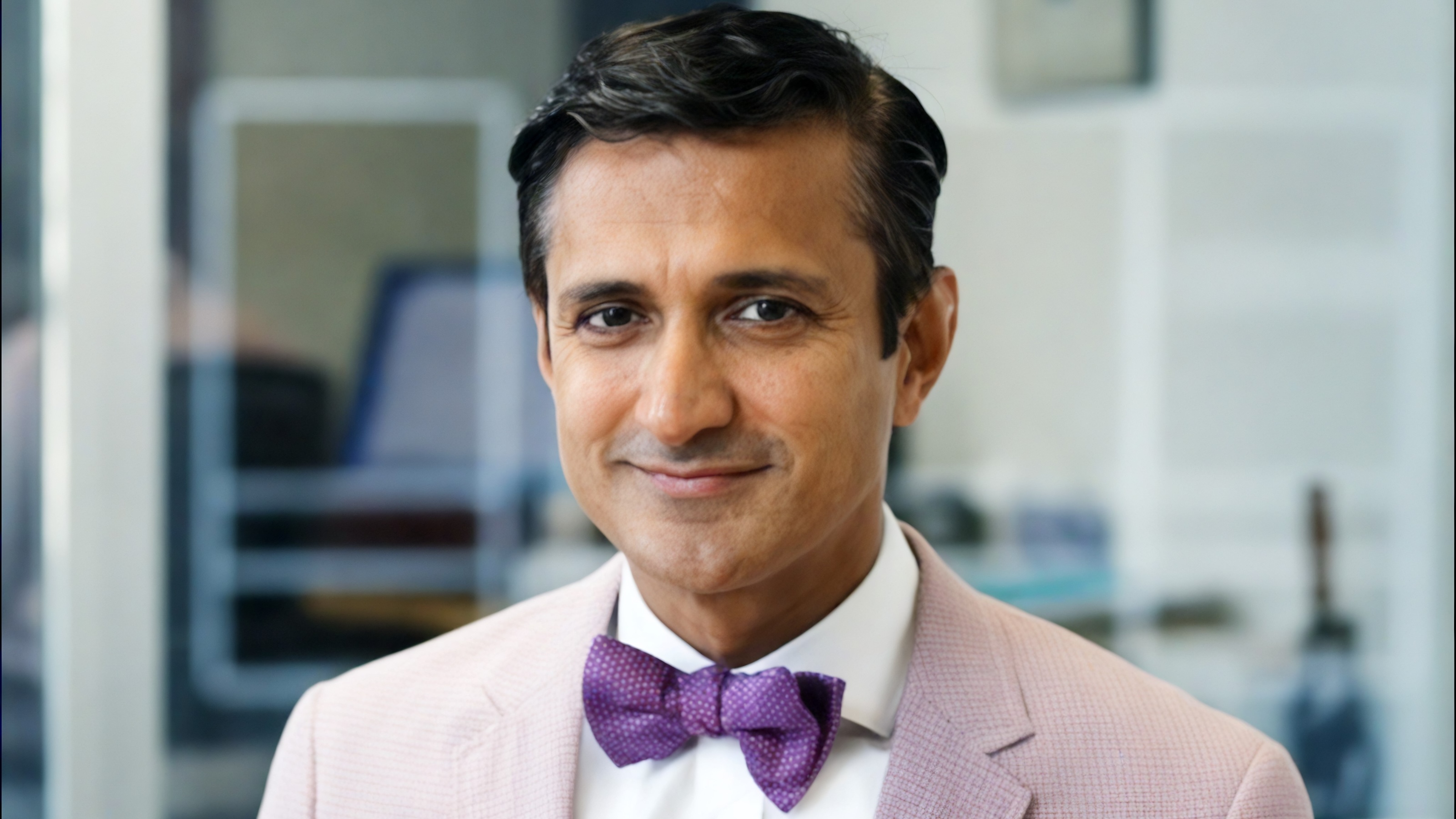Dr. Neale Martin is an expert in consumer behavior, customer satisfaction, and bridging the gap between new technologies and markets. As a consultant and executive educator, he has spent the[…]
Sign up for the Smarter Faster newsletter
A weekly newsletter featuring the biggest ideas from the smartest people
Neale Martin on finding out what customers think
Martin: Ah, that’s again a great question. I think one thing that I wanted to really encourage people to do is to take a learning approach. So, in other words, you want to create feedback mechanisms with your customers so you can get quick ideas about what’s working and what’s not working. I do a lot of work with media companies and I’ve been… because of sort of my background work with lot of communication companies back in the mid-90s and I was the one sort of tasked with, sort of predicting the future based on broadband and wireless and broadband wireless and all this stuff. And a lot of things became quite obvious early on about the impact of this to newspapers and magazines, and I used to talk to these groups and, you know, they would applaud and then ignore me. But the thing that became apparent to me then was that once I got used to reading online, the idea of a magazine became difficult for me because of, you know, what I will call at that point, you know, saliency. You know, things might have change. I mean, I was a magazine journalist originally wrote for magazines, so it was kind of a huge epiphany for me that the immediacy of the online world is so compelling, because as things change, then it changes what’s important. And so, when you talk about this idea of brainstorming, I think it’s really important that you, instead of, you know, separating yourself from your customers and thinking about your, you know, whatever you think is important is to do the exact opposite which is to go where your customers are and watch them and live with them if you can, and really it’s about understanding how they’re solving their problems. Because that’s where you’re going to get a much better idea about what their habits are, because if you introduce a product that works against habits, it’s a very, very hard sell, because you’re going against all that built-up inertia. And I think that in the future, what are we going to be doing to be more effective is really, you know, watching first, spending a lot of time with our customers, solving that problem as best we can, and then reintroducing that to the customer, that natural environment and then see how well we’ve done.
▸
4 min
—
with





